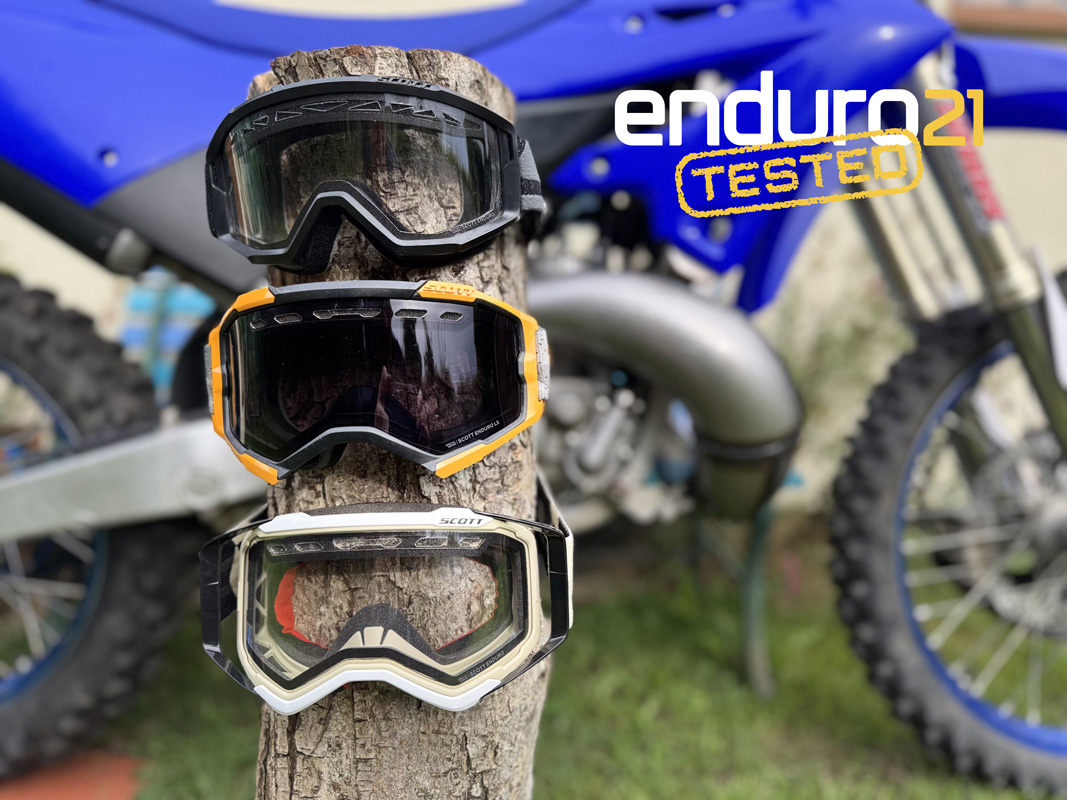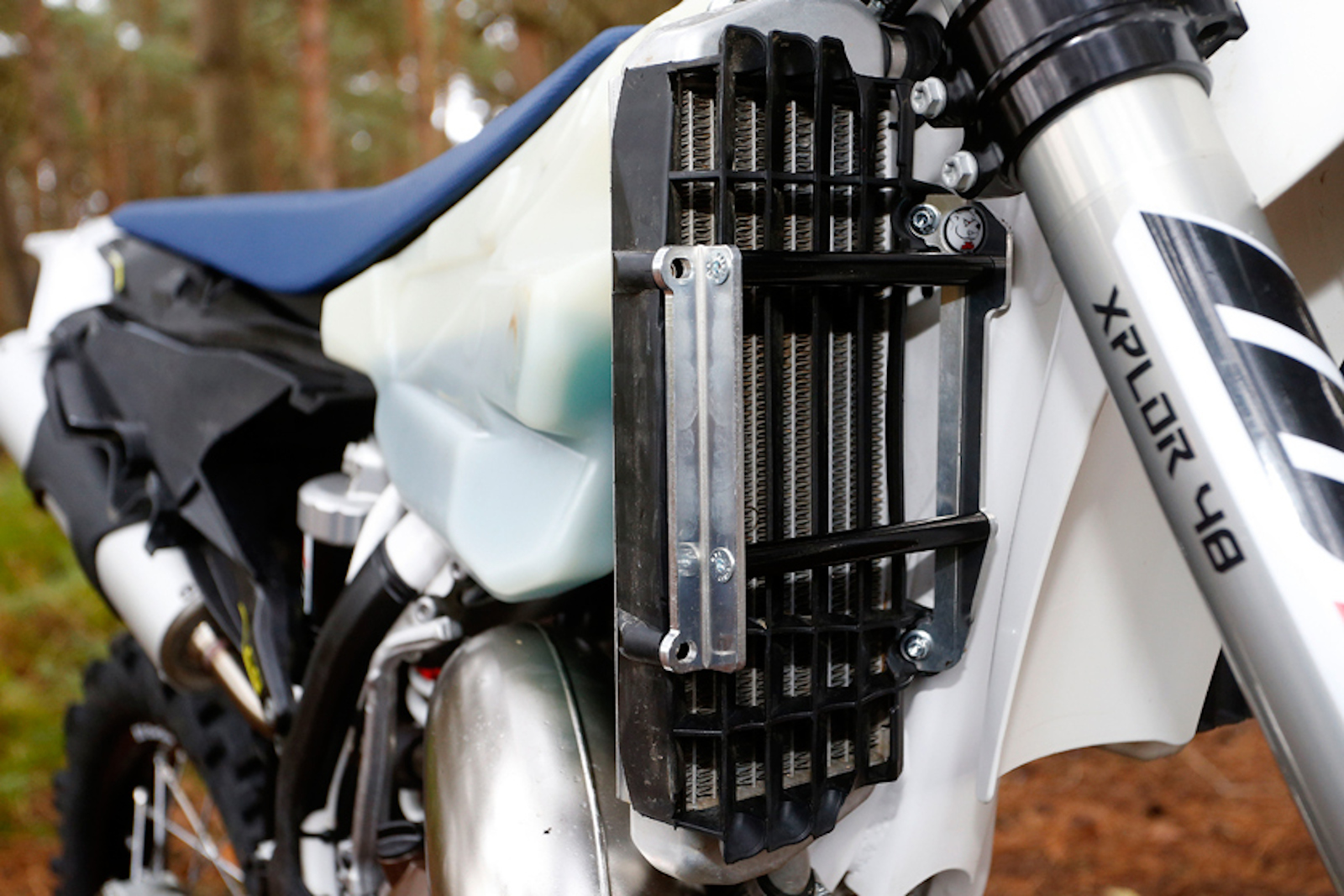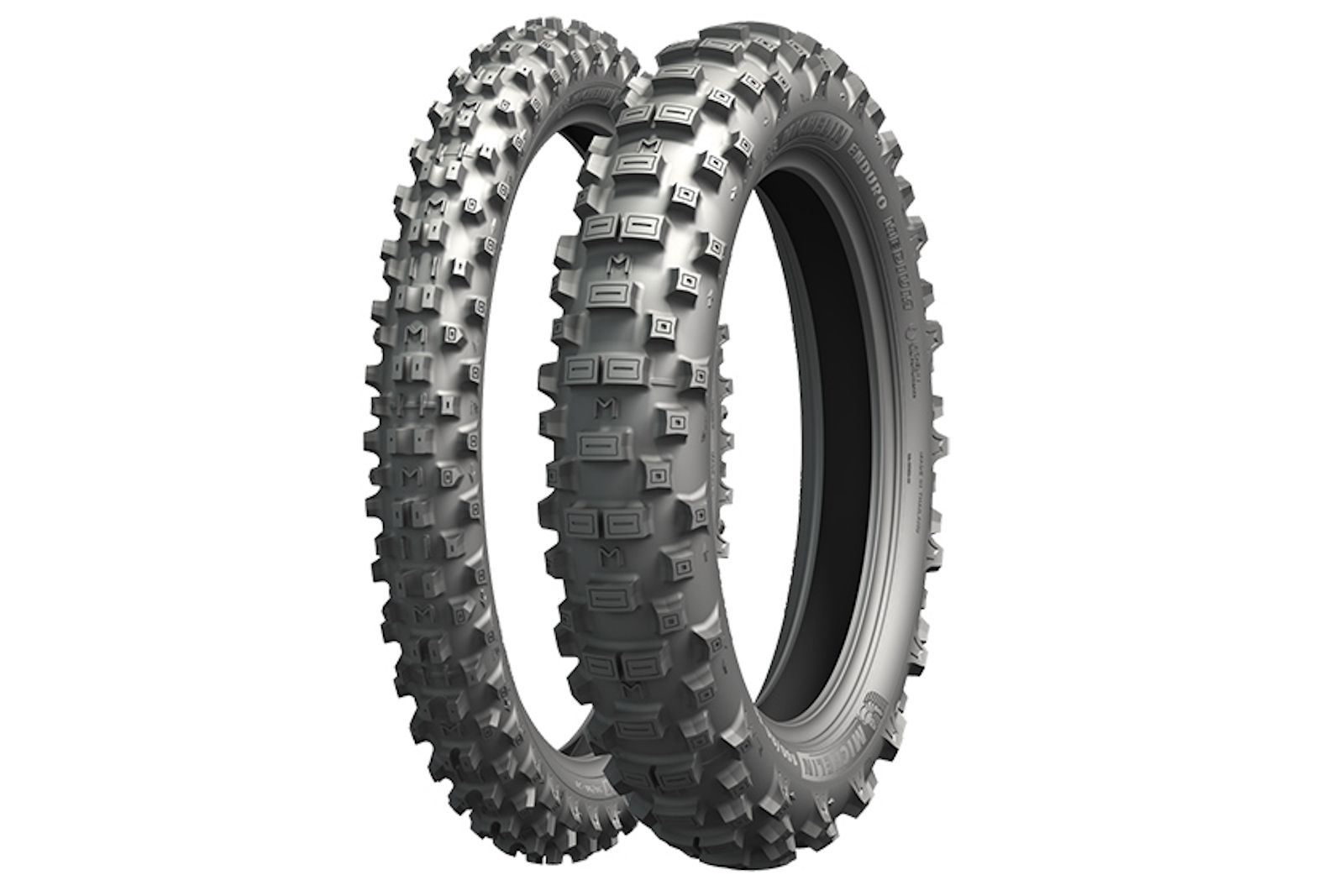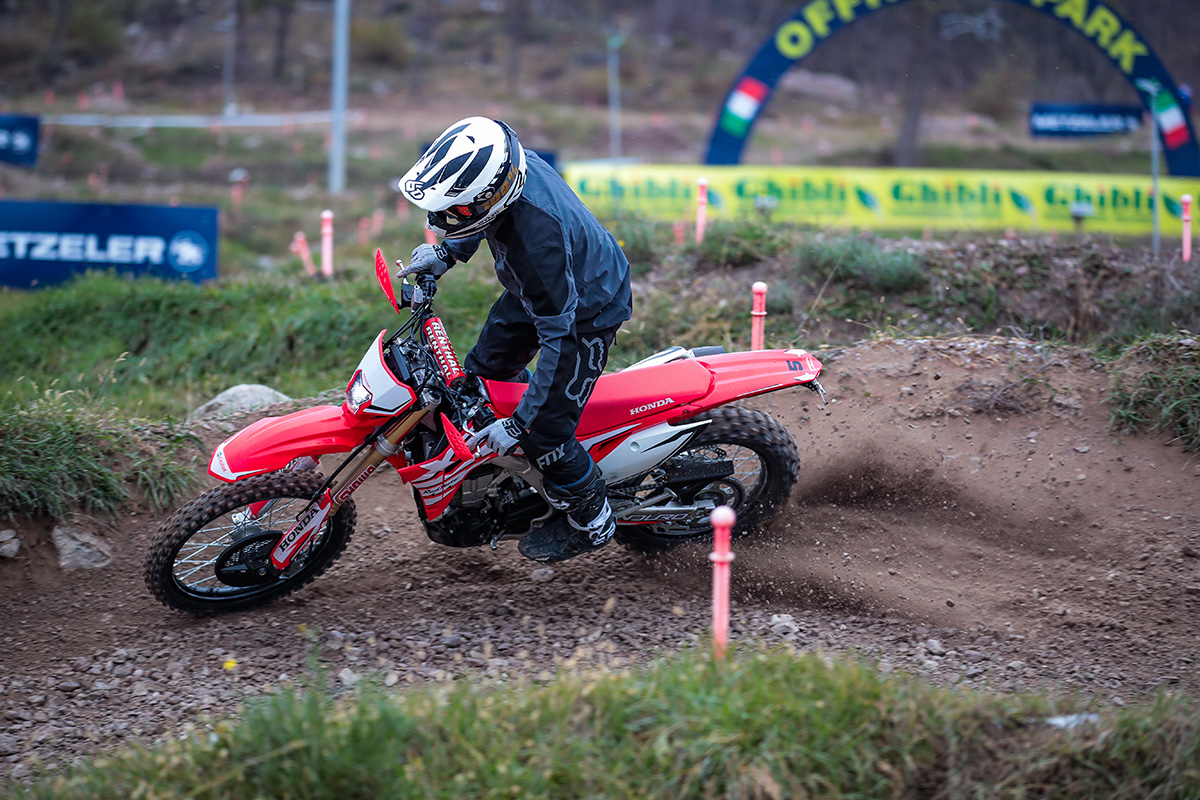Off-road goggle guide: 3 sets, 3 prices, what’s the difference?
Enduro21 takes the three models of Scott off-road goggles to one enduro to find out what’s the difference, what’s good and why one type of goggle doesn’t suit everyone.
What do we consider when we buy a new set of goggles? Price? Yes. But feel, fit and generally what they are like to wear are important. How comfy they are, whether they’ll fog too easily, design and size.
It’s not rocket science but it is important because quite obviously being able to see when we ride is important and our eyes need protection from roost, trees and rain.
Why does it matter?
They’re all the same, right? Just get a set which you can afford and go riding some will say. But after many years of wearing different types of goggles, having them sit uncomfortably, not fit in the helmet aperture very well, fog too easily, have straps which lose their elastic after one day, lenses which scratch at first wipe…the list could go on but you get the point. The one thing we’ve learnt is goggles do matter.
Three goggles tested:
We’ve taken a closer look at differences comparing three from Scott’s range in a real enduro setting. We’ve used Scott’s range but really think the choice of three from different price points is relevant to any goggle brands out there.
Although we’ve tested goggles across literally thousands of hours riding in all conditions, for this test we took three to one Sprint Enduro to compare and contrast in a controlled situation. That meant the same helmet, weather and riding conditions on one test, ridden twice in each set (six runs in total).
- Scott Prospect Enduro £90/$100/€100
- Scott Fury Enduro goggle £65/$60//€70
- Scott Primal Enduro goggle £47/$40/€50
*There are many options at each end of the price and specification scale available, plus some discounted older models (see online shop web link below).
That includes lens options across the range, more or less ventilation, double-layered, light sensitive, iridium coated and roll-offs. Plus a whole lifetime of different straps and special designs, strap sizes, different foam options for sand riding and kids sizes.
We opted for three straightforward goggles from top, mid and lower price points.
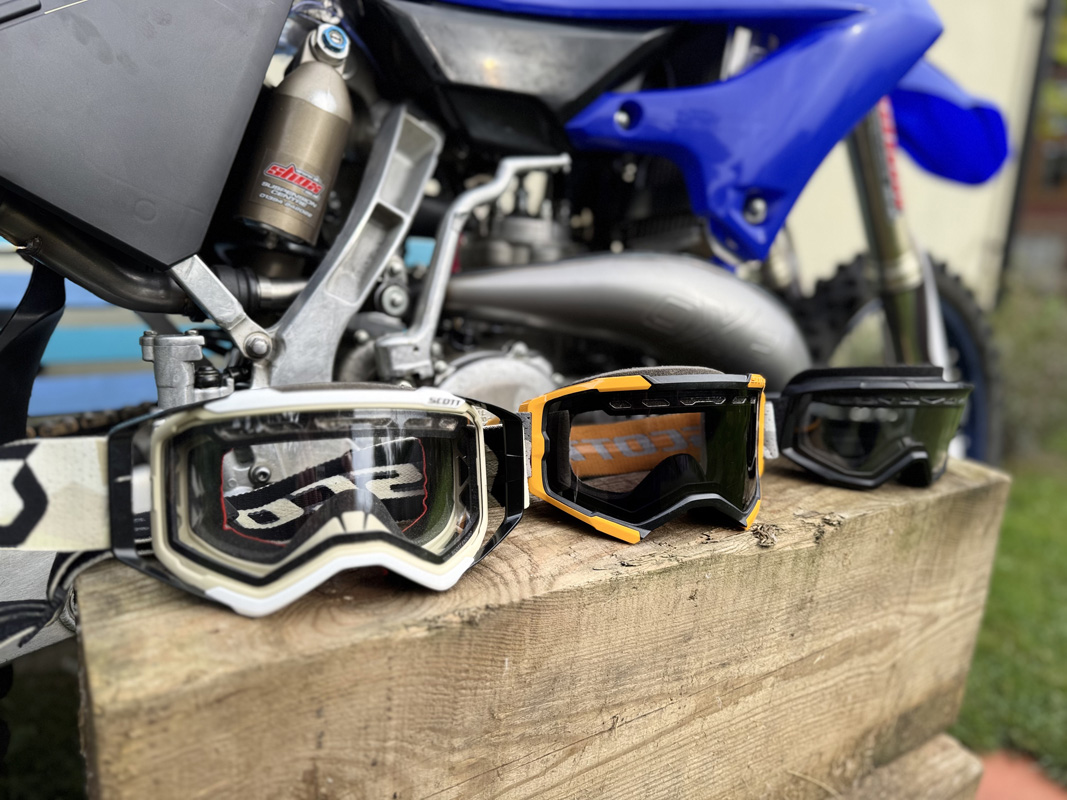
Goggle 1: Scott Primal Enduro
In terms of hard or extreme enduro, or ‘out riding with your mates’ where a lot of the going is tough, not everyone wants to wear the most expensive, bling set of goggles. What’s the point if you are going to trach them?
The lower end of the price scale is where many people look and this set of Primal Enduro goggles are aimed there.
Simpler and smaller by design, you could compare these to often found MTB or Ski goggles which are lighter, more flexible, smaller in design and strap width and with a clearly basic feel.
When you wear them the size and feel is the biggest difference. You feel they are smaller, easily slotting into place on the helmet with less ‘catching’. The field of vision is smaller and at their widest point the Primal lens is 10mm shorter (width is approx. the same).
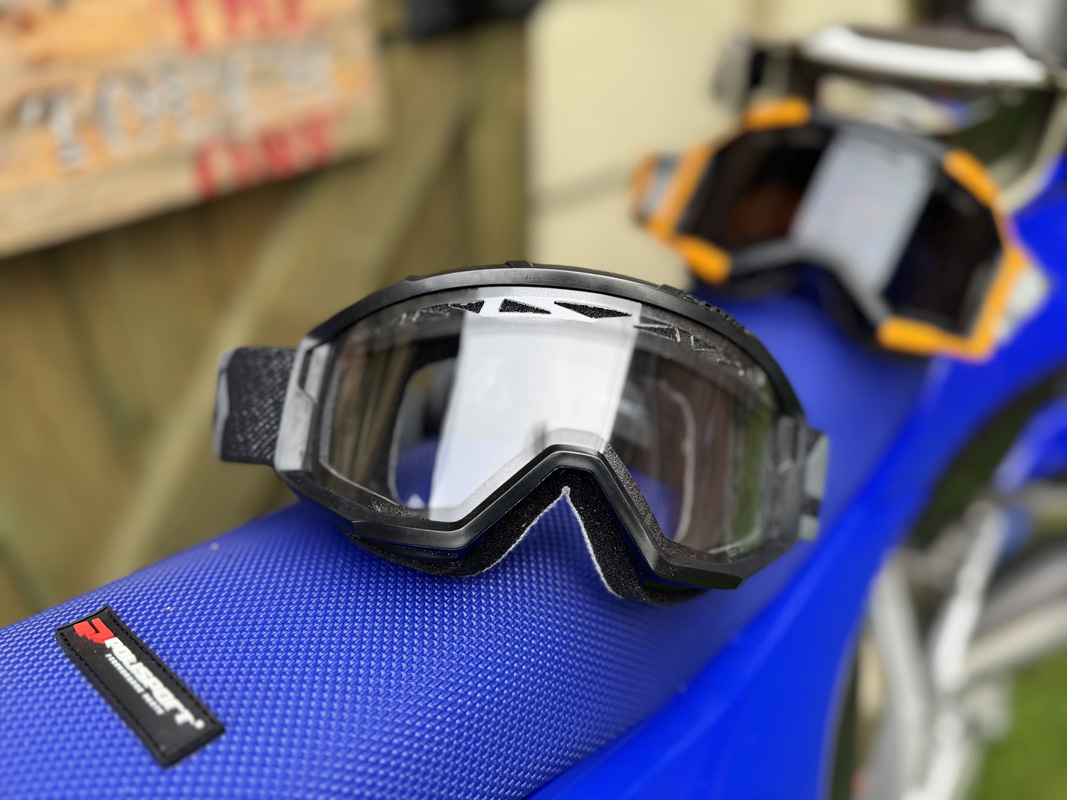
They flex more when you have them in your hands too, especially when you try to remove the lens for cleaning. That’s an aspect which gives them their feel of being more like a set of simply goggles you might use for other sports and to that end we have used these on a downhill MTB where they are more practical than their larger siblings below.
In their favour is the face padding which looks and feels the same as the more expensive Fury and Prospect. That means the feel on the face is super-comfy and the sweat absorbing qualities eel the same.
The Enduro model also comes with a vented lens and dual layer, just like the Fury and Prospect – although the overall lens size is smaller.
Basically, these are a bit old school and do the job simply, plus they are half the price which is attractive to many people.
Goggle 2: Scott Fury Enduro
Standing between the Prospect and Primal in terms of price, the Fury is immediately shouting “buy me” if you are an average off-road rider wanting performance without the highest price tag.
In essence the only real difference between the Fury and the Prospect goggles you feel (or see) when wearing is the lack of outriggers.
Apart from that they use the same basic frame and that means they are the same size and feel on your face with the same face foam, plus they use the same lenses with all the options for double layers, venting and coatings.
Having a narrower strap (40mm on the Primal and Fury versus 50mm on the Prospect) is a thing. The narrower strap means just one band of grippy rubber inside to ‘hold’ the helmet compared with two on the 50mm strap. It doesn’t feel quite so solid and doesn’t look so cool (if that bothers you) but really it didn’t make a difference to us.
That said, combined with not having the outriggers, one thing we noticed is they go on and off the helmet slightly more easily because they don’t ‘catch’ the peak, chin bar or any furniture on your helmet.
With the wide field of vision Scott promote, visibility wearing these is as good as it gets in our experience. The lack of outriggers helps a tiny amount in giving you slightly more peripheral vision.

Goggle 3: Scott Prospect Enduro
As the goggles you’ll see on the EnduroGP World Champion Josep Garcia’s face (above wearing the 2024 ISDE 6Days edition), plus MXGP and Supercross champions, the Prospect are the top of the range goggles from Scott.
Specifications reflect the higher price with a long list of design features aimed at making these goggles the most functional you can wear while riding off-road.
Distinguished by the outriggers, the protruding arms each side which lift the strap away from the main frame and let it sit away from the helmet aperture, these immediately strike you – not just to look at but actually on your face.
Put them on at the start, or while you sit and wait in a line for a test, and a bit of you feels like Garcia. There’s a quality and design which marks them out. They also fill the helmet aperture well and feel planted on the face and helmet.
As we mentioned about the Fury above, the outriggers and wider strap make it a more precise task to put the goggles on and fit in the helmet. But once on the face, the Prospect felt the best in terms of sitting on the face and the helmet – helped by the wider strap and double banding of grippy rubber inside the strap.
You can see the outriggers in your peripheral vision to a small degree while you ride but that has no real affect that we noticed.
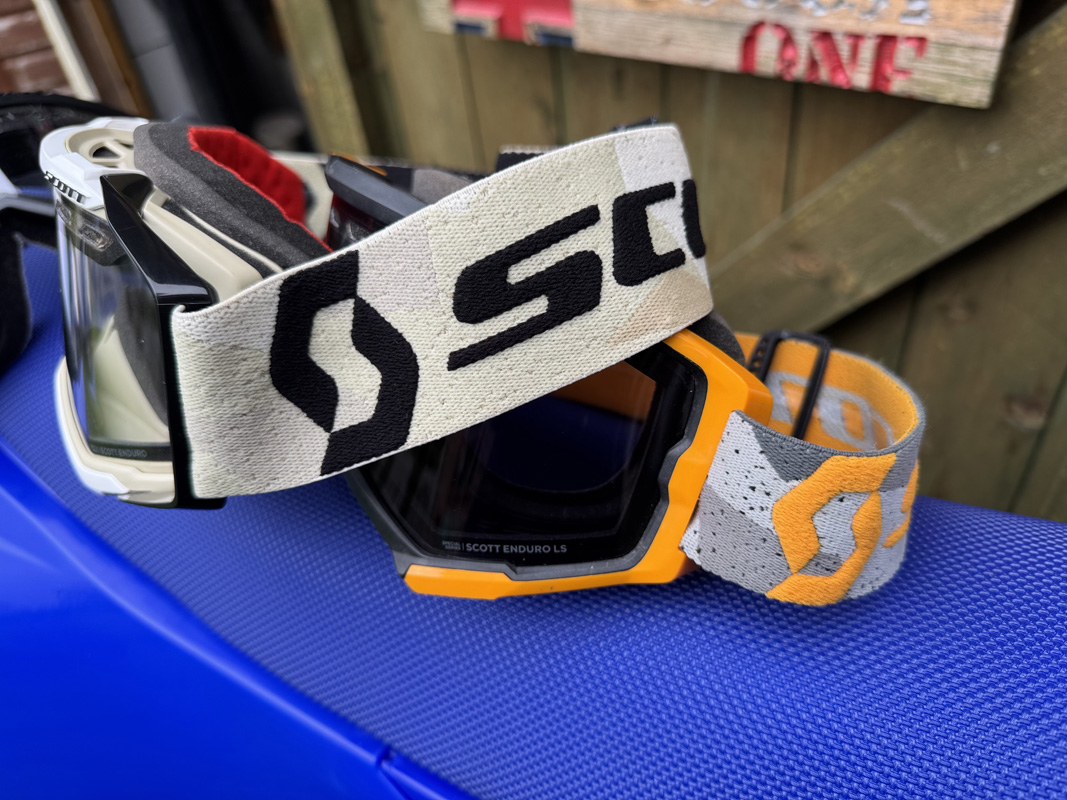
A wider strap feels more secure and stays put on the helmet through all kinds of conditions. We wore a set of Prospect through the whole ’24 Erzbergrodeo event and on the prologue runs, in some wildly varying weather conditions, they were bang-on.
On the flip side we felt bad trashing them in the main race. Four hours riding and they look like they’ve had four months of hard labour thanks to coming on and of the helmet multiple times, muddy gloves, catching on trees, hitting the hard, rocky quarry in a crash or two (both with the goggles spun round so the lens took a big scuff). It felt bad to write-off a new set of expensive goggles like that.
Having a range of lens options for these goggles, plus Scott’s huge line-up of colours and designs including the Six Days editions, is like a fashion parade but it’s hard not to wear them and feel like they are the best.
Things we like:
The light sensitive lens (small LS on the lens itself), available for the Fury and Prospect goggles, is a real positive. It genuinely changes quickly as you go from light to dark, from open fields and tracks to under dense trees. We’ve worn the LS lens on both Prospect and Fury goggles and across enduro, hard enduro, trail riding and adventure riding. Definitely recommended.
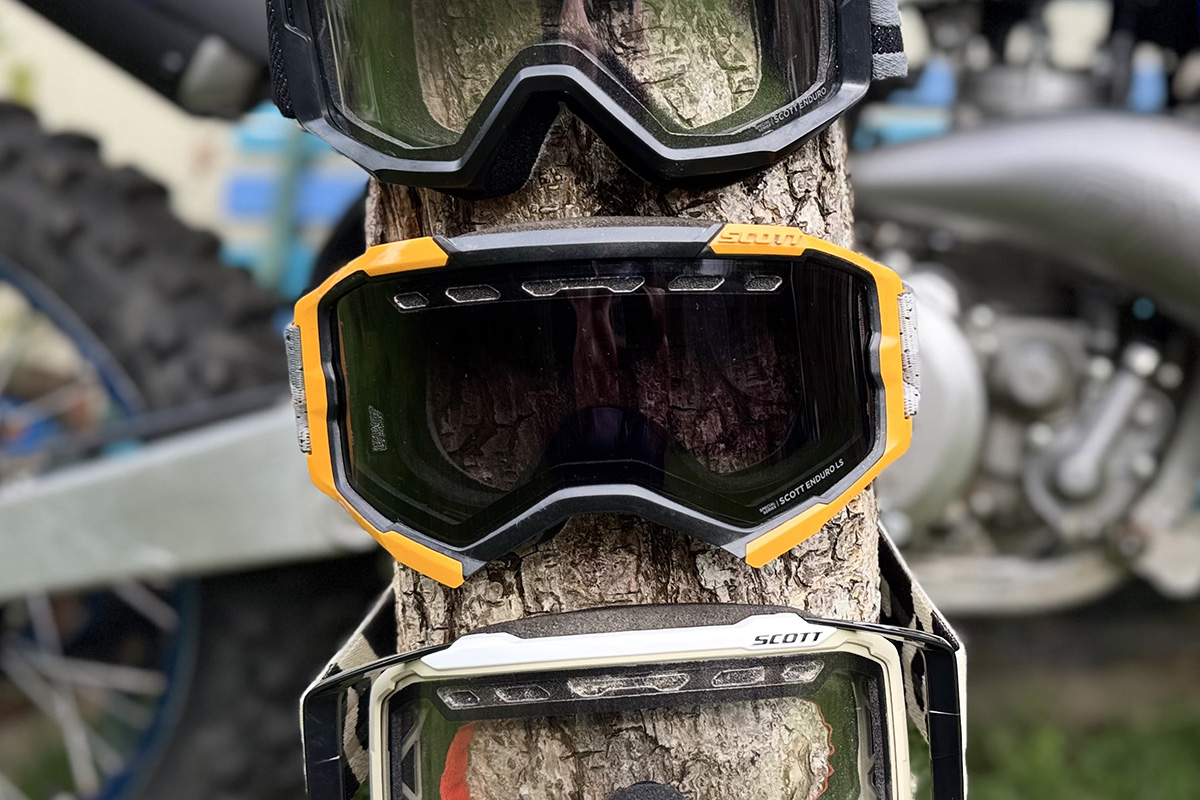
Verdict:
If you’re prone to riding in tough conditions, where you spin the goggles a lot due to getting hot, potentially with muddy gloves, there are definite benefits to opting for the lower price-point Primal goggles.
They’re cheaper so if you trash them or at least give them a harder time, it matters less. Like their more expensive siblings, the enduro lens option helps keep things fog-free for longer and we had no issues with the lens except the smaller overall size offering a little less field of vision.
At the other end of the scale, we have to admit sitting in line for the test and pulling the Prospect goggles on felt sweet. Like a good pair of shoes, they kind of make you feel better and that helps put you in a frame of mind to ride your best, somehow.
Are the Fury Enduro goggles the best though? We’re not going to make that claim because what’s ‘best’ for one person usually has a counter argument.
But these make the most sense to us. The outriggers on the Prospect can be a bit annoying sometimes, particularly taking the lens out which is slower we find.
Without the outriggers, has a little less in your peripheral vision but a very wide field of vision. We prefer having the 50mm strap on the Prospect, but have found no issues with the 40mm version on the Fury.
In almost every other way the Fury is the same goggle with the same spec and test results and therefore makes more economic sense.
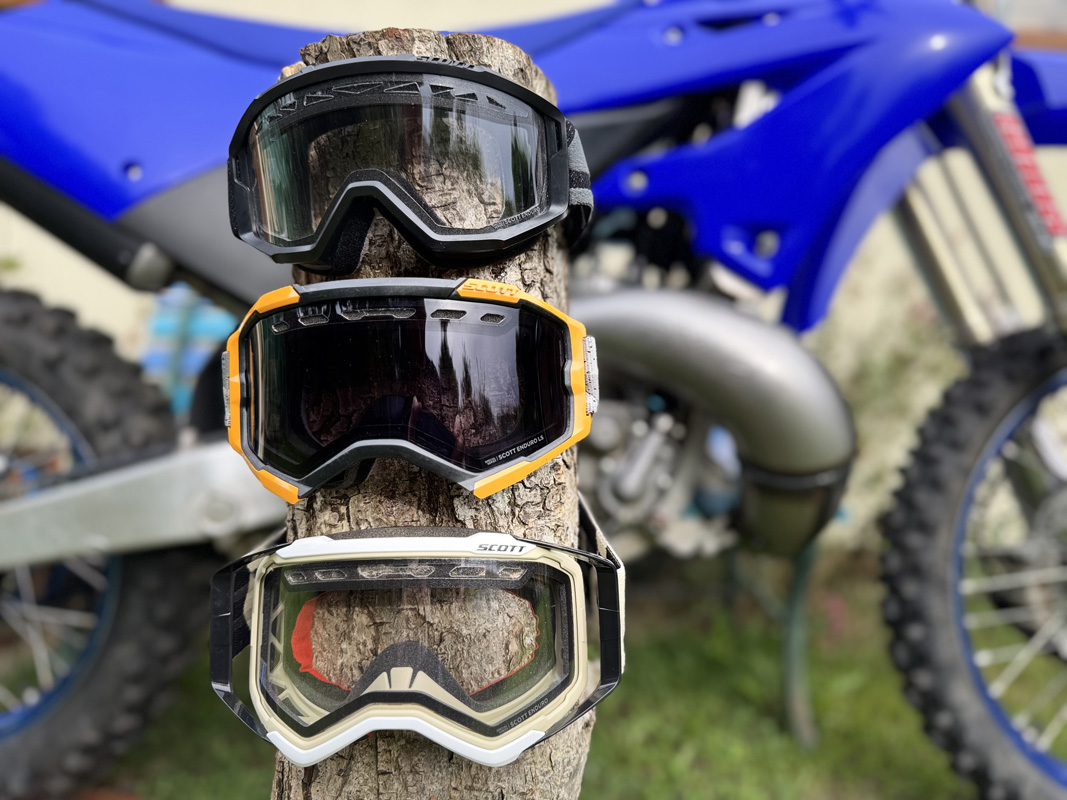
Nailing the price
A good comparison when buying new goggles is with tools in your toolbox. With tools you have a huge range of options from the most expensive to the incredibly cheap. Some people prefer the Snap-on option of the best quality, durability and, to an extent, the brand name.
Not everyone can afford that and have to choose the tools they need based on how much money is in the wallet.
We think the majority of people are somewhere between that and simply go for the best tool to do the job which they can afford. It’s common and probably best practice with goggles and tools.
More information on the goggles used: www.scott-sports.com
Photo Credit: Enduro21 + Future7Media




